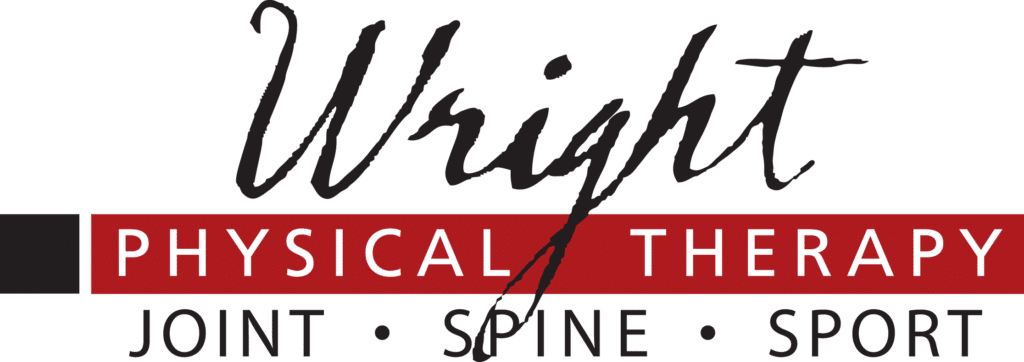What is temporomandibular joint dysfunction (TMJ)?
Signs and symptoms of TMJ may include:
- Pain or tenderness of your jaw
- Pain in one or both of the temporomandibular joints
- Aching pain in and around your ear
- Difficulty chewing or pain while chewing
- Aching facial pain
- Locking of the joint, making it difficult to open or close your mouth
How to diagnose Temporomandibular Joint Dysfunction?
Diagnostic classification of temporomandibular disorders (TMDs) can be challenging. Classification is critical to selecting the best way to intervene. A summary of a study done by Okeson 2 estimated that about 35% or more of a population sample, experienced physical signs and symptoms of TMD in their life. It was also noted that only about 5% to 10% of those that reported symptoms sought out treatment.
Our doctors of physical therapy have been able to successfully treat, or refer when needed, to help those with this problem achieve a pain-free life.
The physical therapy examination and evaluation is based on the Diagnostic Criteria for TMD, developed and validated by a consortium of specialists from the American Academy of Orofacial Pain. TMD disorders can be classified into one of three main groups:
Group I Masticatory Muscle Disorders
Group II Disc Displacements
Group III Joint Dysfunctions.
Overuse of jaw muscles occurs during gritting, clenching, bruxing, grinding, nail-biting, and gum chewing. People whose chief complaints are joint sounds, but did not have pain or dysfunction, should be still treated by a physical therapist who will provide education about TMJ, the maintenance of healthy joint function, and the role of stress in over activation of the jaw muscles. As inflammation resolves and tissue remodeling advances, range of motion may improve and pain may lessen.
Examination and Evaluation of Temporomandibular Joint Dysfunction
Examination and evaluation of the TMJ and classify the problem as either jaw muscle or joint disorder, or both, which will then determine the appropriate plan of care. Furthermore, a thorough assessment of the cervical spine is needed as cervical dysfunction can also lead or contribute to those that are experiencing mouth and face pain. Skilled Mechanical Physical Therapy as utilized at Wright PT has been shown to significantly help those with TMD, who are experiencing masticatory muscle and TMJ pain, TMJ functional limitations, and cervical spine dysfunction.

Treatment for TMD
- Trigger point release and prevention
- Instrument assisted soft tissue mobilization (IASTM)
- TMJ mobilizations for the restoration of proper arthokinematics
- Cervical spine postural reeducation
- Reduction of mandibular deviations
- Stress and anxiety management
- Muscle lengthening techniques
- Correction of para-functional causes
- Modalities for Pain relief
Contact a Wright PT Location near you to learn more about our TMJ treatments.

